Find the Fire Power of Your Manipura Chakra This Summer

Yoga Digest Features Asheville Yoga Center’s Article The sun smiles down on Mother Earth and softly embraces our hemisphere with abundant beauty and warmth. As we celebrate the beginning of the summer solstice, we begin to experience the heat of the season as it sets in for the next few months. Summertime serves as the […]
Light Up Your Root Chakra
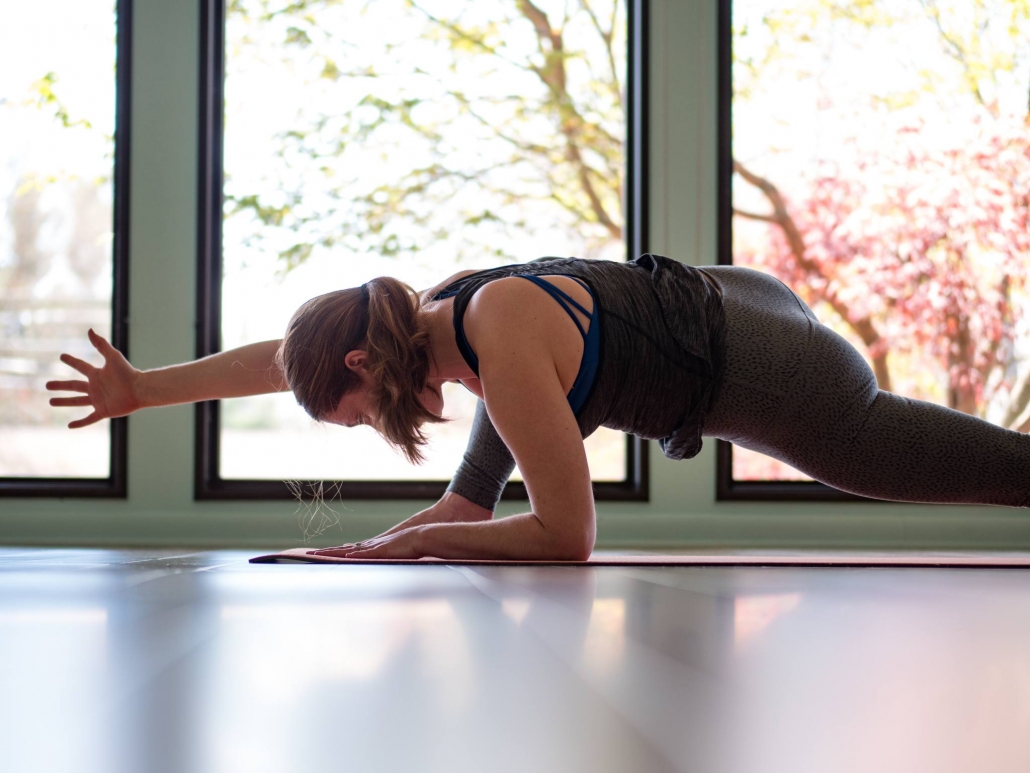
Om Yoga & Lifestyle Magazine Feature Spring is the perfect opportunity to ignite the root chakra (muladhara) inside ourselves as a time of rebirth and new growth. The chakras manifest themselves as spinning wheels of energy that correspond to specific areas of the body. The human body consists of seven chakras which influence behaviors and […]
What are the Chakras?
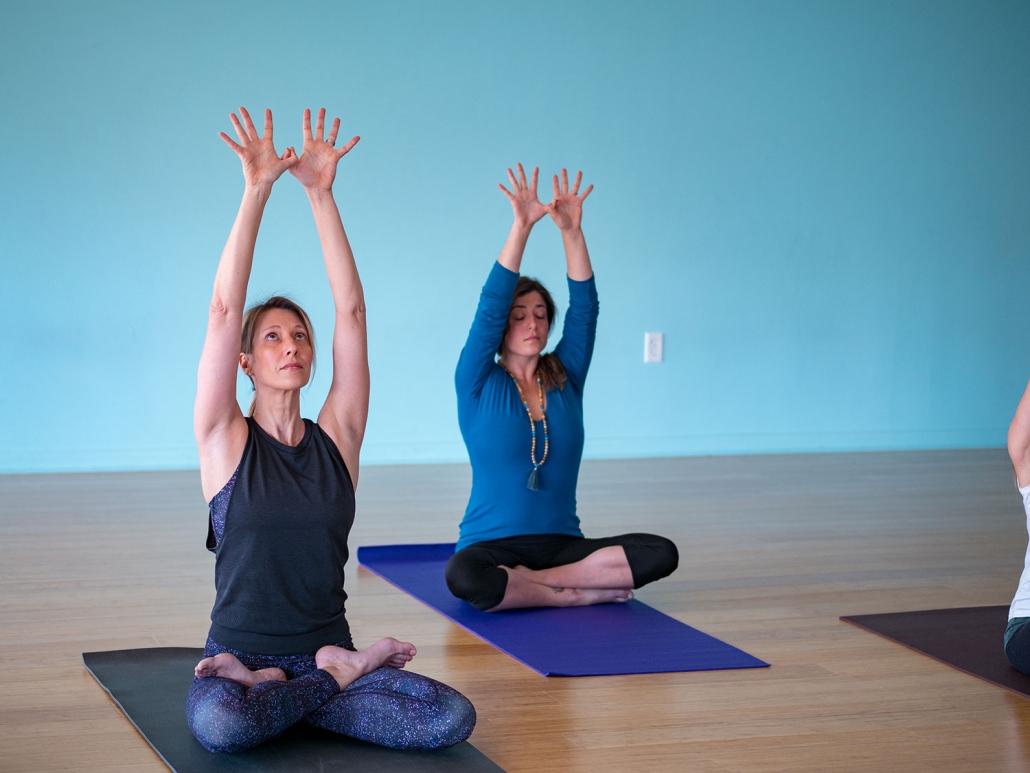
What are the Chakras? In a nutshell, the Chakras are the seven areas in which energy flows through our bodies. They are located along the centerline of our anatomical structure, and each plays a unique role in keeping our lives balanced. The Sanskrit word “Chakra” translates to mean “wheel,” which provides an accurate visual of […]
Is Yoga Enough?
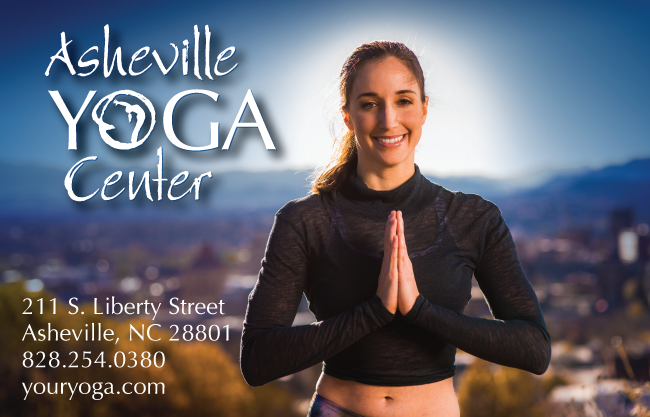
How Ayurveda Compliments Your Yoga Practice By Stephanie Keach Hatha Yoga does an amazing job at strengthening, stretching and detoxifying the body, while helping to replenish and rejuvenate all the internal glands and organs. Yet for some, it may not be enough for full wellbeing. Yoga has a sister, her name is Ayurveda (both born […]
Power Flow Vs Slow Flow
Power Flow Vs Slow Flow One of the most beautiful aspects of yoga, is that it invites practitioners from all backgrounds, ability levels, and personal goals to share in the benefits of yoga and hopefully even transform the world towards peace and goodwill. The most popular style of yoga at the Asheville Yoga Center is […]
Yogic Chakra Guide
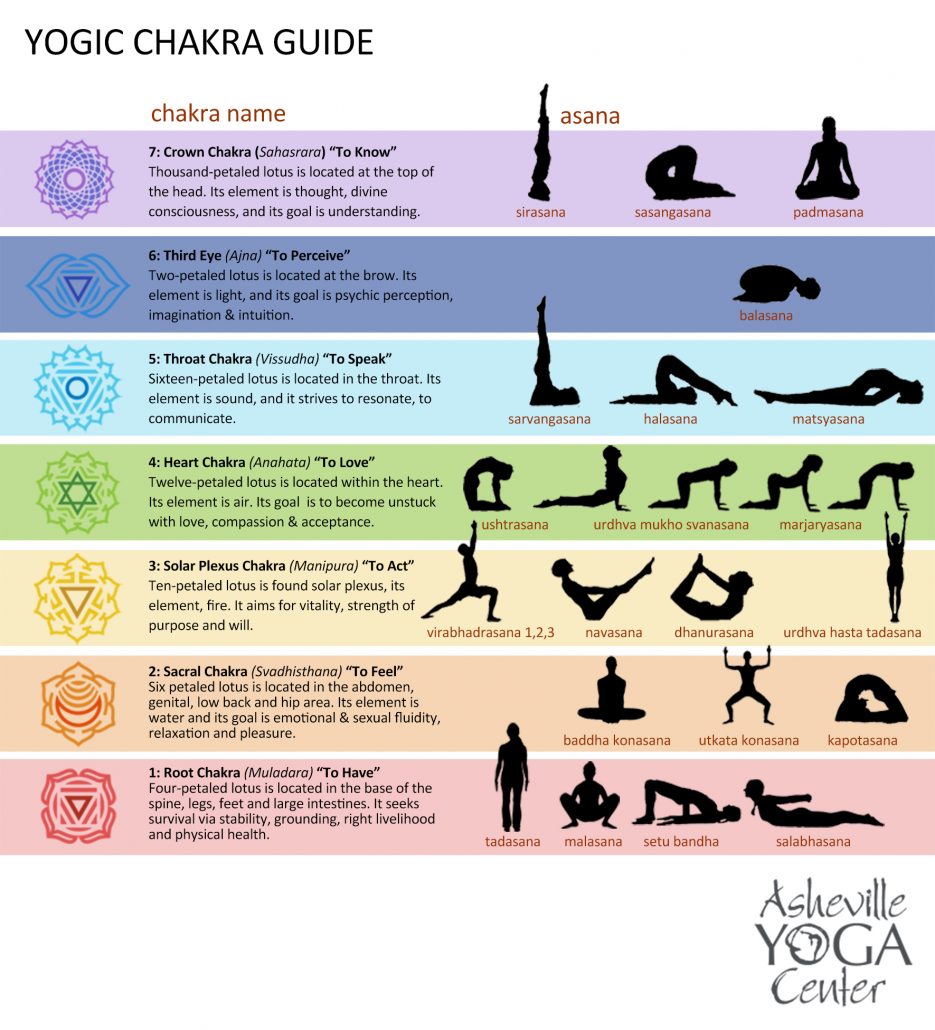
[av_submenu which_menu=” menu=’14’ position=’center’ color=’main_color’ sticky=’aviaTBsticky’ mobile=’disabled’ av_uid=’av-kkx15fm4′ custom_class=”] [av_submenu_item title=’Menu Item 1′ link=” linktarget=’no’ button_style=” av_uid=’av-jlk9f’] [av_submenu_item title=’Menu Item 2′ link=” linktarget=’no’ button_style=” av_uid=’av-dycob’] [/av_submenu] [av_textblock size=” font_color=” color=” av-medium-font-size=” av-small-font-size=” av-mini-font-size=” av_uid=’av-9whwj’ custom_class=” admin_preview_bg=”] Yogic Chakra Guide Our chakra system is composed of subtle energy centers that hold the key to our spiritual […]
Becoming a Yoga Teacher in Demand
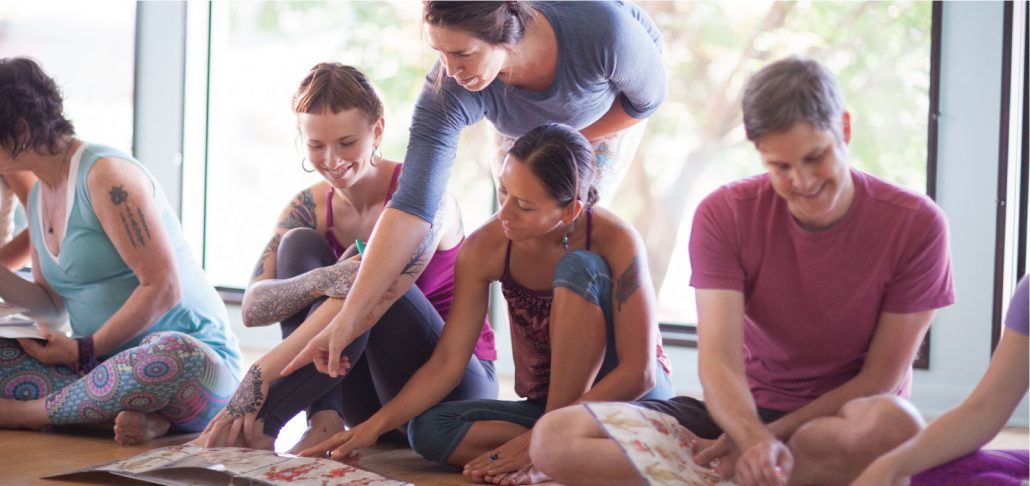
Becoming a Yoga Teacher in Demand While yoga continues to grow in popularity across the country, the number of certified yoga teachers also grows. But you are not too late to jump on the bandwagon, as the 20-plus million Americans practicing yoga will attest. There is always room for someone who is in the process […]
